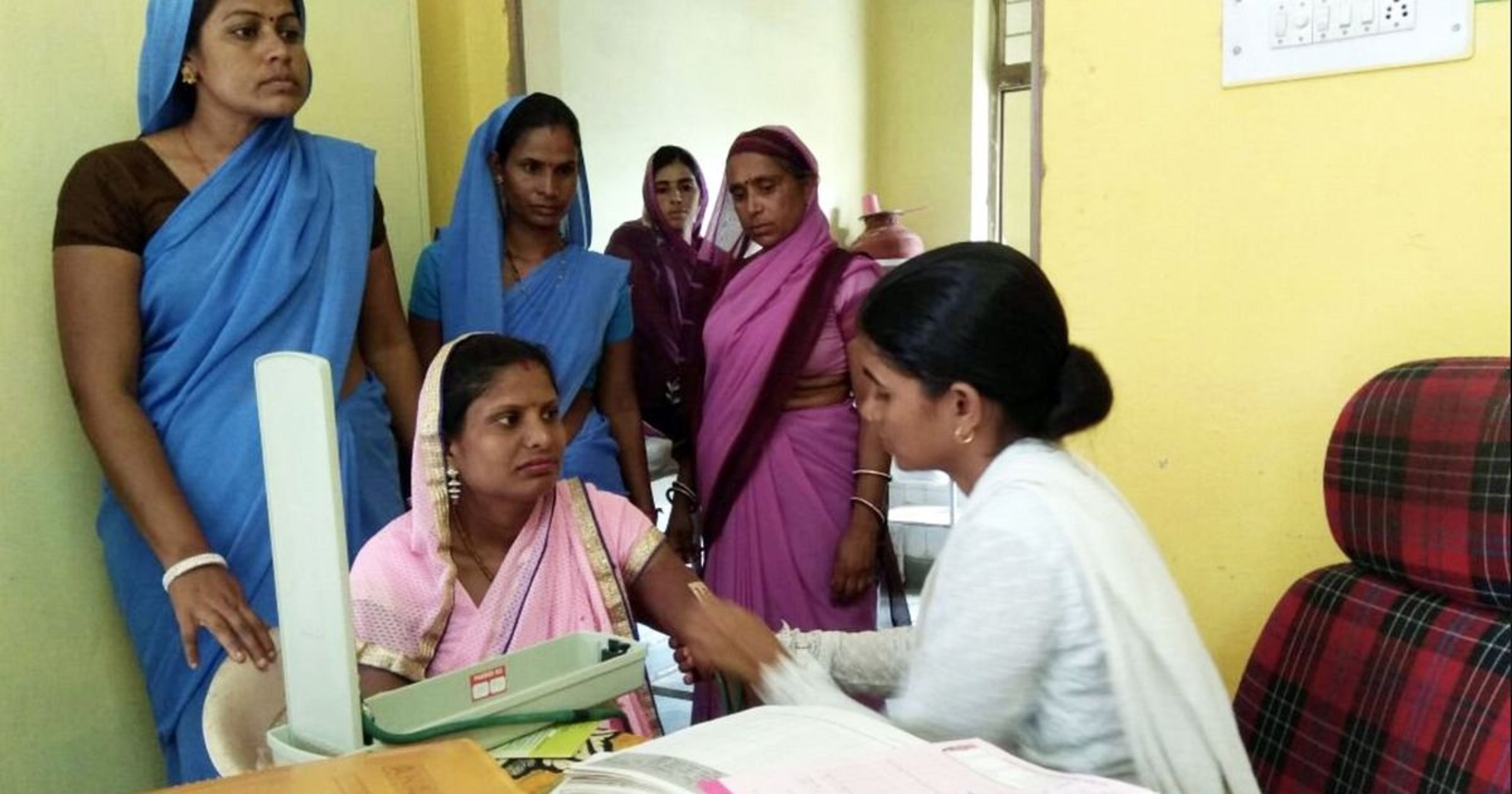
Technology is reshaping rural healthcare in India, addressing challenges like limited access and awareness. With over 95 crore people residing in rural areas, innovative solutions include affordable smartphone technologies, AI-driven decision support systems, and microsatellite centers. These advancements enable virtual consultations, early disease detection, and personalized care. Digital platforms, local media, and community health workers play a pivotal role in increasing healthcare awareness. Overall, technology is bridging gaps, making quality healthcare accessible, and reducing travel expenses for rural Indians, ensuring they receive the care they deserve.
Welcome to “Revolutionizing Rural Healthcare in India,” our in-depth exploration of how technology is reshaping the landscape of healthcare accessibility and affordability in rural India. In this edition, we delve into the pivotal role that technological advancements are playing in addressing the healthcare challenges faced by India’s vast rural population.
The Rural Healthcare Landscape:
Rural healthcare in India is an area of utmost significance, given that over 95 crores of the population reside in rural areas, as of April 1, 2023, according to the Department of Drinking Water and Sanitation, Ministry of Jal Shakti. Uttar Pradesh stands as the state with the highest rural population, with over 16 crore inhabitants, accounting for 16.6 percent of India’s rural populace.
Challenges in Rural Healthcare:
The challenges confronting rural India include limited healthcare access, resulting in heightened maternal and neonatal mortality rates, malnutrition, and the prevalence of infectious diseases. Additionally, heart diseases and diabetes contribute to premature deaths, particularly impacting the working-age population in rural areas. Unfortunately, many individuals suffering from these conditions lack regular access to medical care, leading to a concerning gap in healthcare provision.
The lack of skilled healthcare professionals compounds the problem, leaving a substantial portion of rural India underserved. Furthermore, a significant portion of the rural population remains unaware of the potential benefits of advanced healthcare technologies, necessitating education and training programs to bridge this knowledge gap.
Innovative Solutions for Rural Healthcare:
According to The George Institute for Global Health India, the integration of affordable smartphone technologies can offer solutions to rural healthcare challenges. These technologies can be both accessible and user-friendly, enabling rural Indians to harness their potential.
Additionally, the development of electronic decision support systems, powered by artificial intelligence (AI), can revolutionize healthcare delivery in rural areas. These systems can assist in diagnosing conditions based on health parameters, reducing the burden on healthcare professionals. Educating rural communities on how to use these AI-based tools is a critical step in overcoming healthcare challenges.
Ensuring Evidence-Based, Quality-Controlled, and Affordable Technologies:
The adoption of evidence-based, quality-controlled, and affordable healthcare technologies is vital. Community healthcare workers, such as Anganwadi, should be trained in using these technologies and, in turn, educate their communities. Leveraging smartphone technologies, these healthcare workers can provide personalized healthcare services at minimal costs, capitalizing on India’s extensive wireless network coverage.
The Role of Microsatellite Centers and E-Clinics:
Microsatellite centers and e-clinics are transformative in bridging rural healthcare gaps. These centers wirelessly connect remote areas to healthcare providers, offering virtual consultations and basic medical services, including blood tests. A hybrid model combining these innovations, along with the expertise of healthcare workers, ensures healthcare access in even the remotest areas.
Artificial Intelligence in Rural Healthcare:
Artificial intelligence, when complementing healthcare professionals’ expertise, can significantly enhance rural healthcare. AI algorithms trained on patient data can aid in detecting conditions, offer initial consultations, and disseminate health information through AI-driven apps and chatbots. Wearable AI devices empower rural Indians to monitor vital signs and identify disease risk factors, facilitating early detection without extensive examinations.
Telecardiology and Its Benefits:
Telecardiology harnesses the Internet of Things (IoT) and AI services, enabling real-time ECG monitoring and online interpretation. Cloud computing infrastructure supports data sharing, allowing rural patients suffering from heart diseases to receive continuous monitoring and electronic prescriptions.
Increasing Healthcare Awareness:
Digital platforms and mobile applications, especially those offering information in local languages, are instrumental in raising healthcare awareness among rural Indians. Community health workers play a crucial role by organizing health camps, and awareness drives, and providing essential information. Incorporating health modules in school curricula and utilizing local media further amplifies healthcare education efforts.
Finally, technology is revolutionizing rural healthcare in India by enhancing accessibility and affordability. Telemedicine, teleconsultations, remote monitoring, and telecardiology have reduced the health burden, making high-quality care accessible to rural communities. These technologies not only offer affordability but also eliminate the need for extensive travel, ensuring rural Indians receive the attention and care they deserve. Electronic health records are enabling personalized healthcare, making rural healthcare in India more accessible, attentive, and affordable than ever before.
